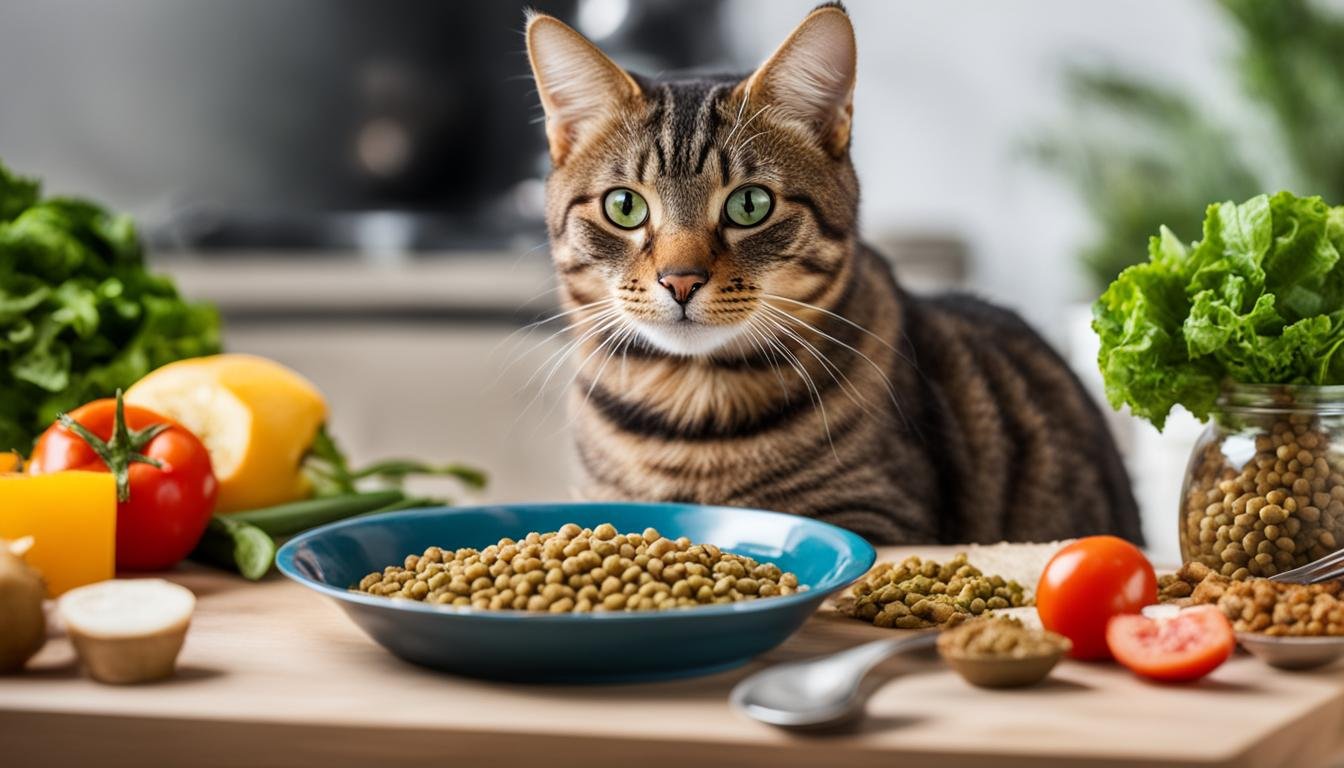15 Facts About Cats That Will Fascinate You
Welcome to a world that dabbles in whiskers, purrs, and playful pounces!
Cats, with their unfathomable allure, have been weaving themselves into our daily lives and folklore across cultures since ancient times.
But what secrets do these enigmatic creatures carry within their graceful selves?
Here’s a fascinating tour into understanding our feline companions a bit better, as we unveil 15 delightful and surprising facts about cats that you perhaps didn’t know.
Get ready to peer into their captivating world with renewed wonder.
1. Whisker Fatigue
Similar to dogs, cats also experience “whisker fatigue.” Their long, sensitive whiskers help them navigate their surroundings, but they can become overwhelmed if constantly stimulated. Wider food and water bowls can alleviate this sensory stress during meals.
2. Purring for Healing
While purring is commonly associated with contentment, cats also purr when injured or in pain. Research suggests that the vibrations created by purring can have a healing effect on the cat’s body, promoting bone density and reducing pain and inflammation.
3. Communicative Tails
Cats use their tails as a form of communication. A straight-up tail indicates excitement, a puffed-up tail signals fear or aggression, and a twitching tail may convey irritation. Understanding these tail cues provides valuable insights into a cat’s emotional state.
4. Grooming Rituals
Beyond maintaining their cleanliness, cats engage in grooming as a social and bonding behavior. Mutual grooming within a group, whether between feline friends or a cat and its owner, reinforces social bonds and establishes a sense of belonging.
5. Kneading Behavior
Kittens knead their mother’s belly while nursing, a behavior that persists into adulthood. This kneading, where a cat rhythmically pushes and pulls its paws against a soft surface, is often a sign of contentment and relaxation.
6. Catnip Sensitivity
Not all cats respond to catnip, and sensitivity to this herb is inherited genetically. The euphoric reaction to catnip, characterized by rolling, rubbing, and playful behavior, lasts for about 10–15 minutes and is followed by a refractory period during which the cat becomes temporarily immune to its effects.
7. Vocal Variety
Cats communicate using an array of vocalizations, from the familiar meow to chirps, trills, and purrs. Each sound carries a specific meaning, allowing cats to convey their needs and emotions effectively.
8. Vertical Territory
Cats are natural climbers, and they have a strong inclination for vertical spaces. Access to elevated areas, such as cat trees or shelves, satisfies their instinctual need for vertical territory, providing vantage points and a sense of security.
9. Nocturnal Instincts
Cats are crepuscular, meaning they are most active during dawn and dusk. This behavior is rooted in their evolutionary history as hunters, allowing them to capitalize on the activity of their prey during low-light conditions.
10. Litter Box Preferences
Cats can be particular about their litter box preferences. The type of litter, its cleanliness, and the location of the box can significantly impact a cat’s willingness to use it. Understanding and meeting these preferences contribute to a cat’s overall well-being.
11. Tailless Communication
A cat’s tail plays a crucial role in communication. A raised tail with a quivering tip is a sign of excitement or greeting, while a puffed-up tail indicates fear or agitation. Tucked tails suggest submission or fear, emphasizing the importance of tail language in feline interactions.
12. Toe Beans
The soft pads on a cat’s paws, often referred to as “toe beans,” are not just cute; they also serve as sensory organs. Cats use their paw pads to explore and navigate their environment, providing tactile feedback about the surfaces they encounter.
13. Solitary Hunters
Unlike dogs, which often hunt in packs, cats are solitary hunters by nature. This solitary behavior is reflected in their hunting techniques, which involve stalking, ambushing, and pouncing on prey.
14. Purr Frequencies
Domestic cats purr at frequencies between 25 and 150 Hertz, a range believed to have therapeutic effects. This frequency range has been associated with the promotion of bone healing, pain relief, and reduction of inflammation.
15. Sleeping Patterns
Cats are notorious for their love of sleep, averaging around 12-16 hours a day. Their sleep cycles include both light and deep sleep, allowing them to be alert and ready to pounce at a moment’s notice.
Cat Quiz
How well do you know cats? Test your knowledge here!








